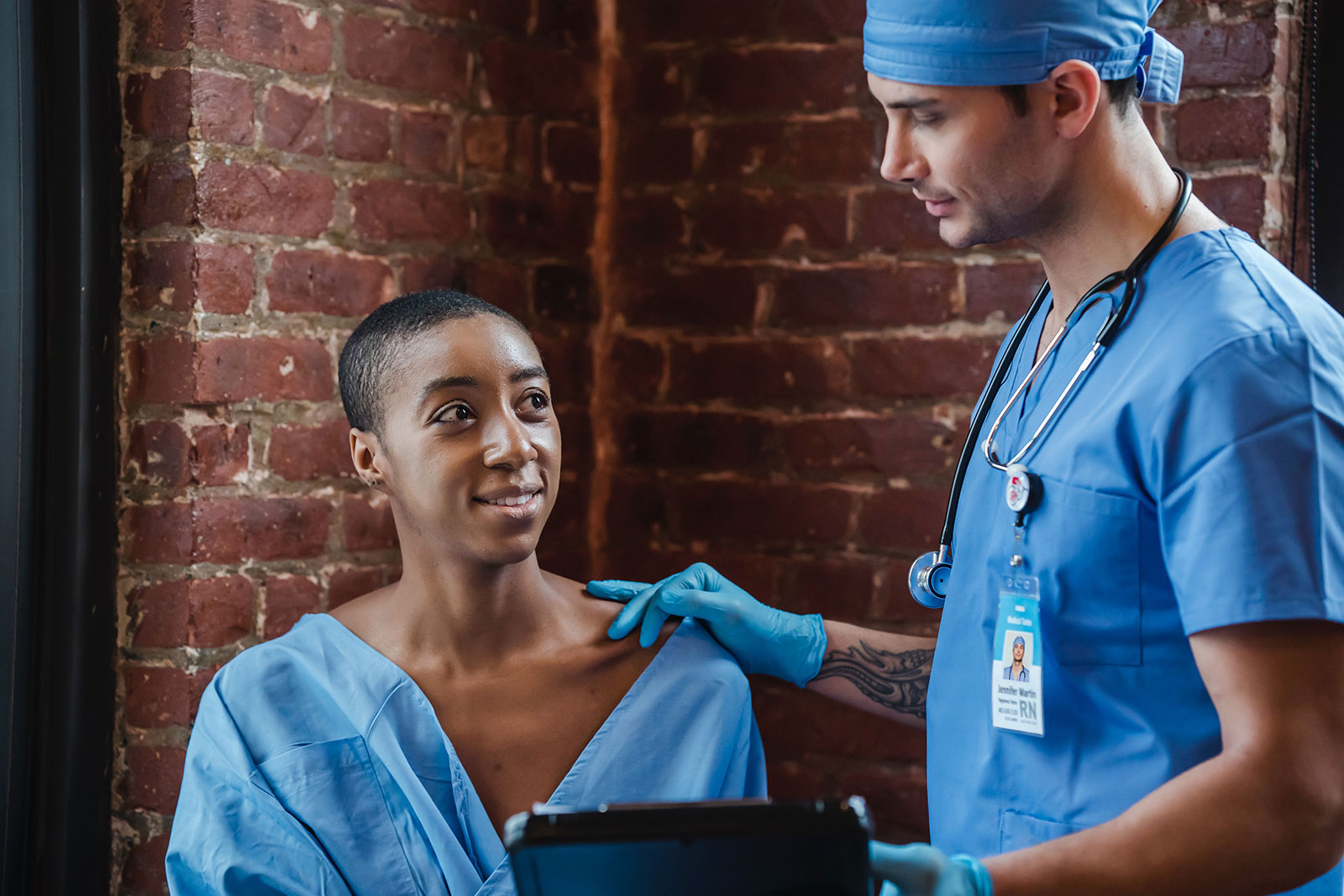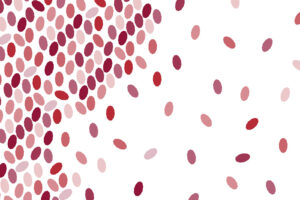There are numerous tools—from social media platforms like Facebook and Instagram to online cancer support groups such as CaringBridge—for warriors to share their cancer journeys and find support. But what parameters exist on these platforms and how can the cancer community benefit from these communication tools?
If a patient is open about their diagnosis within their church, school and work communities, using social media or a site such as CaringBridge may be a perfect fit. However, this would be dependent on how much information the patient wants others to know. Sometimes having a designated person who can provide updates can ease the burden on both the patient and immediate family member who acts as a caregiver.
“CaringBridge or a blog would be excellent choices; however, for those who are not computer savvy, a phone tree might be more advisable,” says Dr. Robin Squellati, faculty member for Walden University’s Master of Science in Nursing program and a cancer survivor. “Be careful posting any specific messages about cancer on social media. Well-meaning family members sometimes have ideas and suggestions that do not align with medical knowledge. Family and friends can help through support, encouragement, bringing a dinner, helping with transportation or other ways of showing how much they care.”
As a cancer survivor, Squellati did not want others to immediately know that she had cancer. She needed time to process the information.
“I was working, plus undergoing treatments, which led to fatigue. Sometimes the fighter just needs to let people know that they are tired,” Squellati says. “Another survivor liked playing games and talking about old times with friends and family. Creating positive memories is very supportive. Every person is different, but most do not feel comfortable being asked too many questions about their cancer.”
Rebecca Adams, co-founder of My Alchemy Skin Care, was diagnosed with two stage IV blood cancers in 2015 and has been in remission for more than three years. Because Adams had no functioning immune system, she was not able to receive visitors, was too ill to talk on the phone, and didn’t have the energy to open her laptop.
“Communication was indeed a problem when my entire life was turned upside down—every moment consumed with doctor and lab appointments, pills, chemo, blood transfusions, hospital stays and physical therapy,” Adams says. “I was exhausted.”
Adams suggests cancer patients ask a family member or close friend to help with communication, coordination and management.
“While everyone is well-intended, wanting to help and interested in how you’re doing, it means repeating updates over and over,” Adams says. “Emotionally, the patient needs a break from focusing on cancer. It’s just too much when you are in a whirlwind of shock and so sick.” In Adams’ case, her daughter assumed the responsibility of “communication” because she lived in another state and wanted to help. Her daughter worked with Adams’ husband to schedule and coordinate her appointments, talked and texted family, church and friends with updates, accepted and declined offers and answered emails and phone calls.
“This not only relieved me but also my husband who was consumed with the caregiver role at home,” Adams says.
Executive coach, speaker and best-selling author Jen Coken was recently diagnosed with breast cancer. She says she was very private at the beginning of her diagnosis—about the first 10 weeks.
“I was still in shock. I was not yet the author of my journey because I had so many emotions and was dealing with so much uncertainty that I couldn’t talk to anyone about my diagnosis without sobbing,” Coken says. “I specifically told only a handful of people that were closest to me. I told them that they were not allowed to tell anyone else my news or post on Facebook.”
When Coken was ready share the news of her diagnosis, CaringBridge was a lifesaver for her.
“First and foremost, I didn’t have to keep repeating myself. In the beginning, my friends posted because I just couldn’t face doing so,” Coken says. “Also, through CaringBridge, friends were able to donate money to help me buy groceries and buy me GrubHub gift cards so I could order dinner when I wasn’t well enough to cook post-surgery or during my radiation treatment.”
Don Williamson, a cancer survivor who finished radiation in spring 2020 during the COVID-19 pandemic, says the most significant issue facing the proper handling of cancer communication for patients and their family and friends is privacy.
“I believe family and friends’ best method to communicate their support during a patient’s cancer journey is by telephone calls, texts and Facetime, or similar platforms,” Williamson says. “I believe it’s okay to post publicly, but only to encourage. Otherwise, it should be done privately if intimate details about patient health and care will be discussed.”
Tammy Salamone was diagnosed with breast cancer in early 2017. She went through 12 weeks of chemotherapy, a year of immunotherapy and two surgeries. “It was a very difficult time emotionally and physically but I am thriving now, thank goodness,” Salamone says.
For Salamone, social media has connected her with some wonderful women—many of whom she would have never met had she not received a cancer diagnosis.
“A connection like this is needed even more so since the pandemic hit. Patients are going to doctors’ appointments and chemo treatments all alone for the first time. It can feel quite lonely and isolating,” Salamone says. “It is extremely helpful to have other survivors to ask questions, ask for encouragement on a difficult day or just send a virtual hug.”
So how do you decide if using a social media site is the best avenue of communicating a cancer patient’s progress? Quite simply, it depends on the individual and whether or not they would like support from family and friends to be public or private. Salamone met some women who did not tell anyone outside of their immediate family what was happening to them. “While others I met made it well known and appreciated the public support and having a big group cheering them on,” Salamone says.
Salamone feels it’s best if the patient is capable of sharing the updates to family and friends, rather than having a family member or friend handle the task.
“I think it helps for others to know exactly how the patient is feeling—the good and the bad, the happy and the sad,” Salamone says. “If the patient is too sick, then it’s helpful for a family member to update the group, but they can only state the facts, not the true emotions.”
Salamone felt fortunate that her cousin and best friend set up a private Facebook page for her. Any of Salamone’s friends or family members could ask to join the group and she was able to update them on a regular basis.
“I was offered encouragement and uplifting messages,” Salamone says. “I could check the page when I was feeling down and I could truly express what was going on physically or emotionally. I could update the page daily or weekly, depending on my schedule. It worked out perfectly for me and I was happy to have over 300 people following my cancer diagnosis right from the start.”
Communication Sites
PostHope provides users the tools to create user-friendly, ad-free, customizable websites to receive donations, and post status updates, photos and any other relevant information.
Patient Advocate Foundation has a great national financial resource directory.
FamilyPatient is a nonprofit dedicated to helping keep family and friends up-to-date.
The Navigating Care Library includes articles about cancer, chemotherapy regimens and drugs from the National Cancer Institute and other experts.
MyLifeLine connects cancer patients to support networks to reduce isolation with personal websites and discussion boards.







